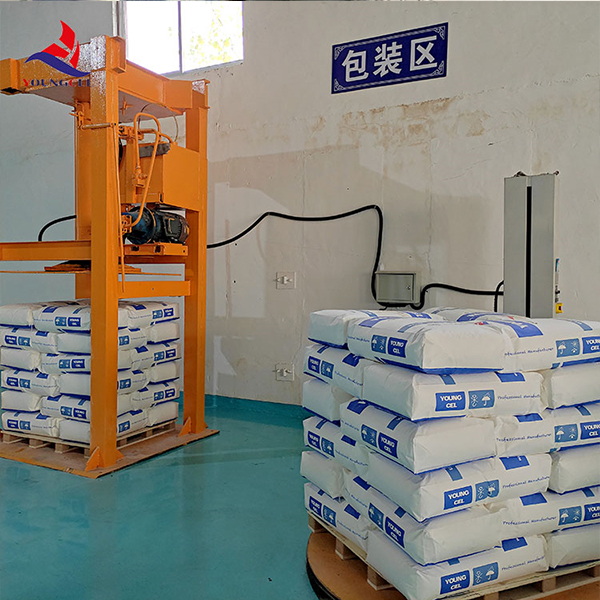The Importance of HPMC for Tile Adhesives Enhancing Performance and Workability
When it comes to tile installation, the adhesive used plays a crucial role in ensuring the durability and longevity of the tiles. One of the most effective and widely used additives in tile adhesives is Hydroxypropyl Methylcellulose (HPMC). This cellulose ether has gained significant popularity among professionals in the construction industry, primarily due to its unique properties and benefits.
What is HPMC?
HPMC is a non-ionic, water-soluble polymer derived from cellulose, a natural polymer obtained from wood pulp or cotton. It is produced through a series of chemical modifications that provide it with the ability to gel, thicken solutions, and enhance the performance of various construction materials, particularly tile adhesives.
Workability and Open Time
One of the standout features of HPMC is its ability to improve workability. When included in a tile adhesive formula, HPMC increases the adhesive’s viscosity, allowing for better control during application. This enhanced viscosity ensures that the adhesive stays in place when spreading, preventing it from slumping or dripping, which can be particularly useful when working on vertical surfaces.
Moreover, HPMC significantly extends the open time of tile adhesives. This extended open time means that installers have more flexibility to position tiles without the adhesive setting too quickly. In tile installation, timing is crucial; having extra time allows for adjustments and ensures a better alignment, ultimately leading to a more professional finish.
Water Retention
Another critical property of HPMC is its ability to retain water within the adhesive mix. Water retention is vital for ensuring that the adhesive stays workable for longer periods and that it cures properly once applied. If the adhesive dries out too quickly, it can lead to poor bonding between the tile and substrate, which may result in tiles loosening or cracking over time. HPMC’s water-retaining capabilities help mitigate this risk, ensuring a stronger bond and improving the overall longevity of the installation.
hpmc for tile adhes

Antifreeze Properties
In colder climates, the performance of tile adhesives can be adversely affected. HPMC enhances the freeze-thaw stability of tile adhesives, making them more resilient in harsh winter conditions. This property allows for more versatile applications, as it expands the range of environmental conditions under which the adhesive can be effectively used.
Compatibility and Versatility
HPMC is compatible with a wide variety of binders and other additives, making it a flexible choice for manufacturers. It can be used in various types of tile adhesives, including those for ceramic tiles, porcelain tiles, and stone tiles. This versatility extends to different formulations, such as thin-set mortars and thick-bed adhesives, making HPMC a go-to ingredient across the board.
Environmental and Safety Considerations
Importantly, HPMC is considered to be environmentally friendly and non-toxic, contributing to safer working conditions for installers. Unlike some traditional polymer additives, HPMC does not emit harmful volatile organic compounds (VOCs), making it a preferred choice for eco-conscious manufacturers and consumers.
Conclusion
In summary, Hydroxypropyl Methylcellulose (HPMC) is an invaluable component of modern tile adhesives. Its ability to enhance workability, extend open time, improve water retention, and increase overall adhesion performance is unmatched. Additionally, its compatibility with various materials and environmental safety further cements its role as a cornerstone ingredient in the production of high-quality tile adhesives. For anyone in the tile installation business, understanding and utilizing HPMC can lead to better results and greater satisfaction for both installers and end-users alike.
-
Premium Detergent Grade HPMC Hydroxypropyl Methylcellulose: Superior Thickening & StabilityNewsAug.31,2025
-
HEC 100000 Hydroxyethylcellulose for Paint | Superior ThickeningNewsAug.30,2025
-
Wall Putty Rdp Powder Packaging DesignNewsAug.29,2025
-
Introduction to Hpmc Hydroxypropyl Methyl CellulosNewsAug.29,2025
-
Hpmc Industri Grade IntegrationNewsAug.29,2025
-
How to Choose the Right Construction AdhesiveNewsAug.29,2025




